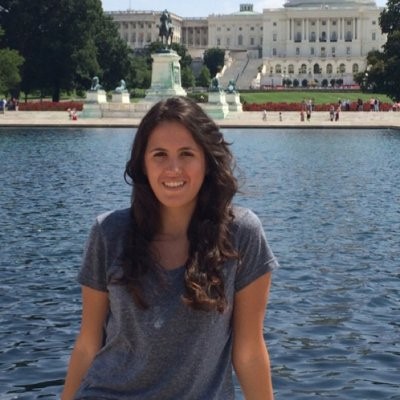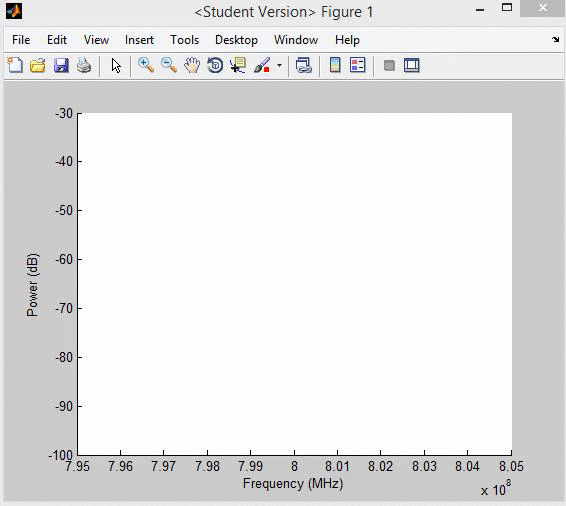 |
 |
|
| Christina Baaklini Electrical and Computer Engineering Rutgers University |
Michael Collins Electrical and Computer Engineering Rutgers University |
Nicole DiLeo Electrical and Computer Engineering Rutgers University |
Project guided by Wade Trappe, Dola Saha, and Ivan Seskar.

